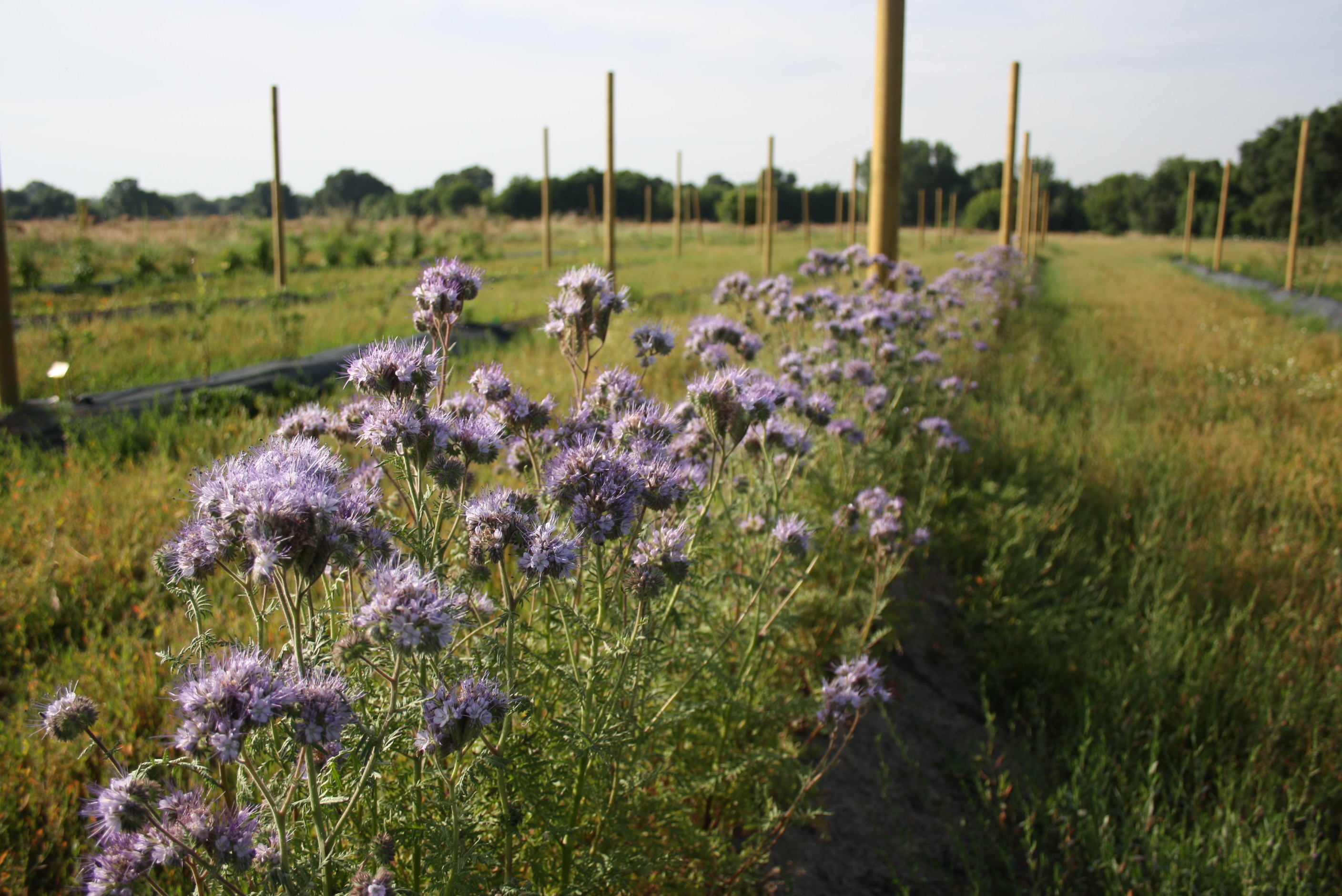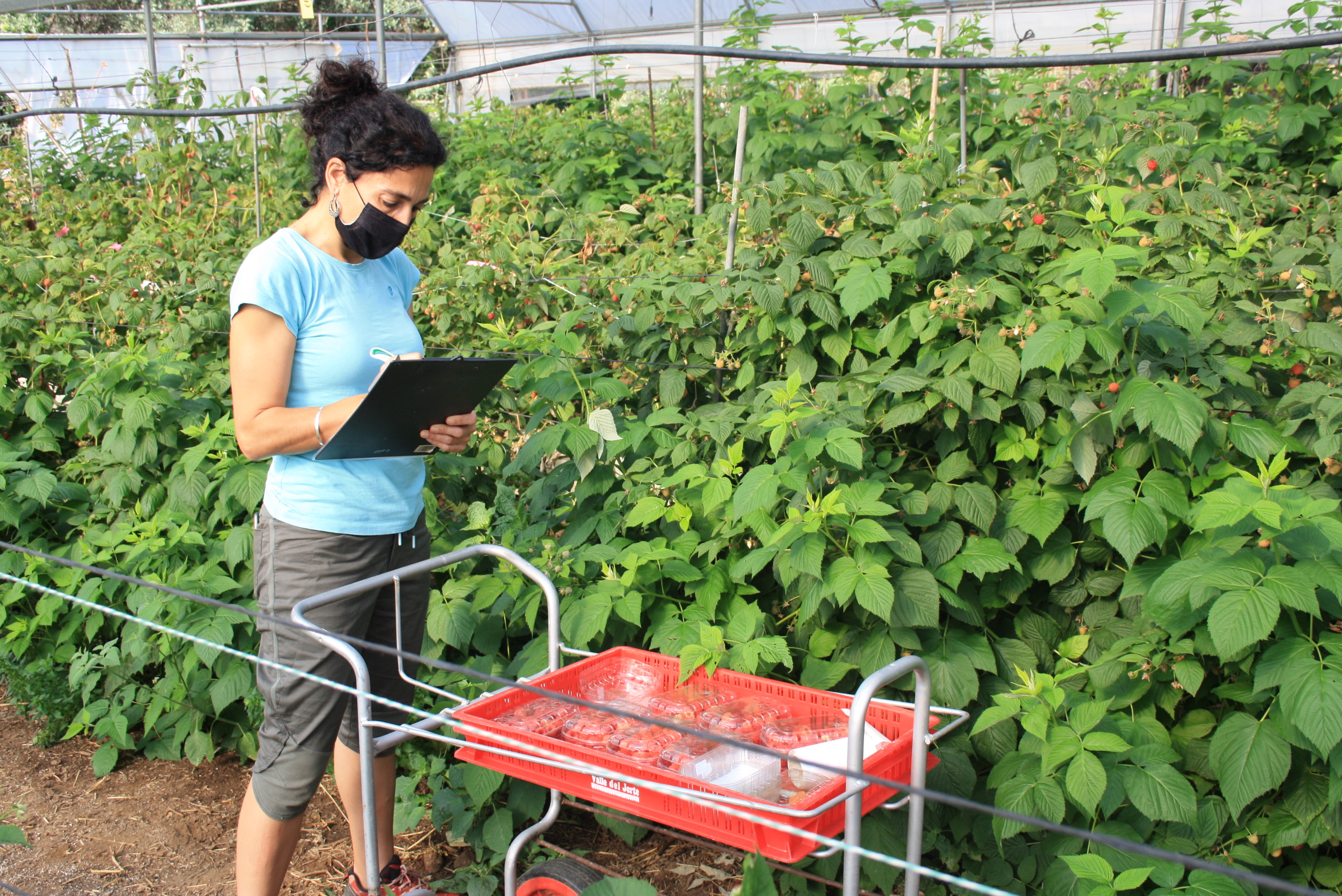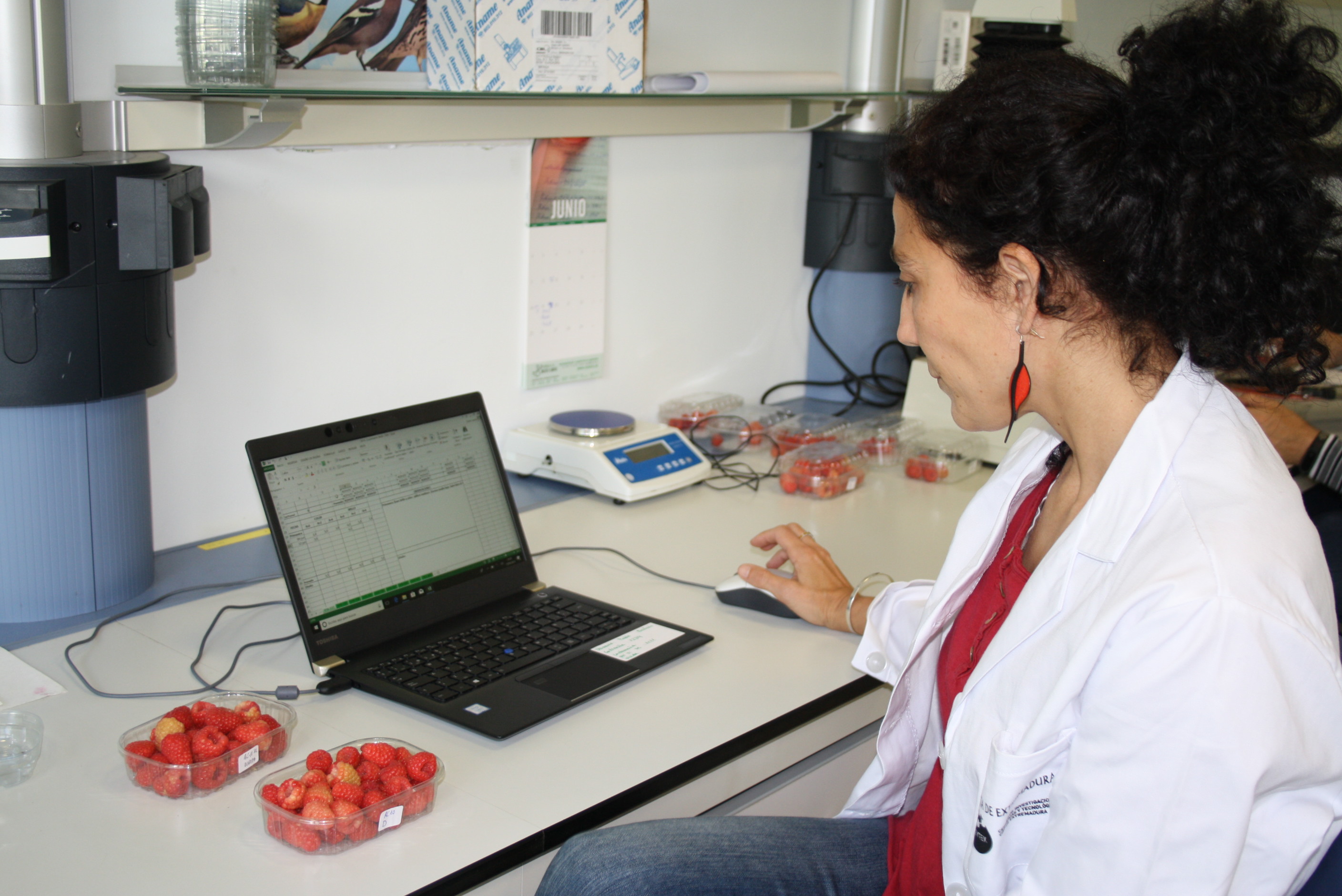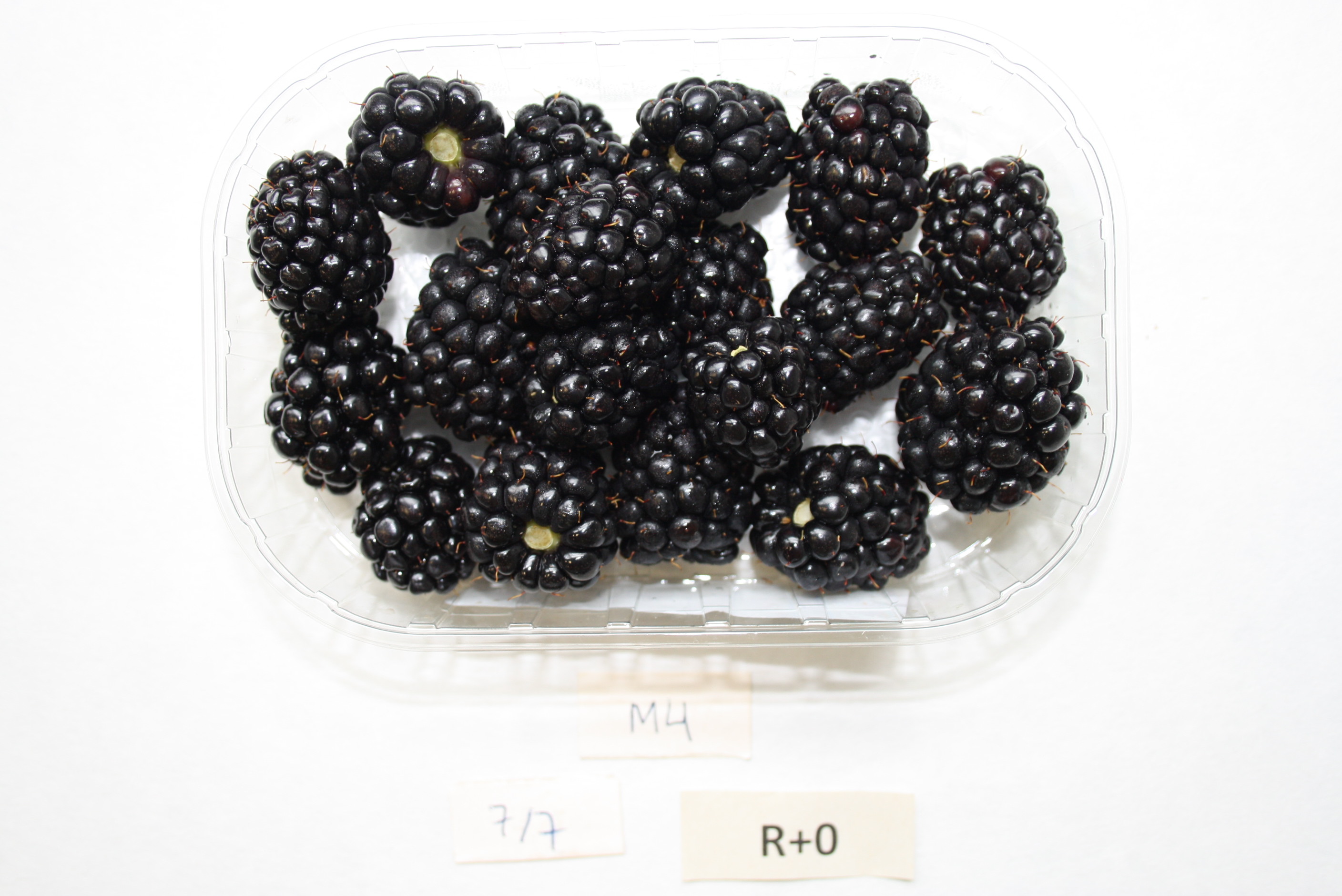
Red berries
 General information
General information
Small fruits or red berries have been grown in Extremadura for several decades, with a focus on raspberries in some regions of the Caceres province, such as La Vera and Valle del Jerte. These types of crops are essential for production diversification in the small family farms that are characteristic of the northern mountainous regions, due to their high commercial value.
 Blueberries, raspberries, blackberries and other red berries
Blueberries, raspberries, blackberries and other red berries
In recent years, the blueberry has gained popularity against the raspberry because of its ease of management and high market demand. Such interest has spread out to other mountainous regions of Extremadura, such as Sierra de Gata, and given rise to larger farms in the meadows of River Tiétar and River Alagón.
The establishment of these crops and the increasing demand of the antioxidant-rich “superfoods” are raising interest in the development of other small fruit crops which can have great potential in the region. Examples of these crops are Goji berries, Honeysuckle (Haskap berry) or Aronia berries. In the same way, growing these fruits in organic production farms presents itself as an ideal opportunity to meet market demands and, especially, the need to develop more sustainable productions from an economic and environmental point of view.
 Crop requirements in the region
Crop requirements in the region
In the first place, these crops need to become adapted to the soil and climate conditions of the Northern regions in order to thrive, but they also need for a profitable production system to be employed if they are to enter a successful market. Amongst other ways, such adaptation is achieved through the use of adequate plant material. CICYTEX has developed several projects in cooperation with cooperative associations, businesses and producers of the North of the region, focusing on testing commercial varieties of small fruits. Also, advanced selections deriving from international improvement programmes are under assessment while they are not yet being commercialised, which will provide the local product with a beneficial future position when these varieties finally enter the market.
At the same time, the grown species are being diversified through the introduction of new small fruit crops (Goji berries, haskap, …), a practice that broadens the production timeframe (a period of a year with the approximate specific starting and finishing months can be scheduled) in one farm and allows to have permanent employees. The production of these fruits is very interesting when using organic production techniques and at CAEM-CICYTEX we are performing tests for the organic management of these and other species with plant material that is adapted to organic production, auxiliary flora, organic fertilisation, etc.
 Genetic Improvement Programme
Genetic Improvement Programme
When market availability of the varieties does not adapt to the needs of the region or the growing techniques, it becomes necessary to obtain new varieties. Since 2015, CICYTEX has been developing a genetic improvement programme for raspberries; and some genotypes obtained at this centre are in the process of being registered.
 Postharvest Technology
Postharvest Technology
In terms of postharvest technology applied to red berries, we can highlight the study of passive modified-atmosphere packaging using microperforated film; or the control of postharvest pathogens through the use of antimicrobial natural substances and biocontrol.










